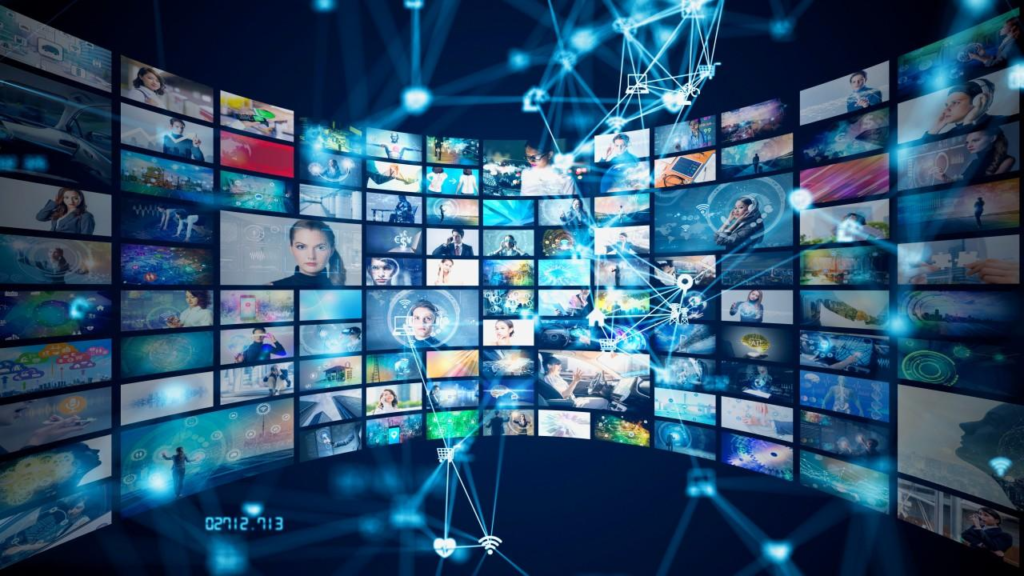
Introduction
Entertainment media, in its various forms, has always been deeply intertwined with culture, reflecting societal values, beliefs, and norms while also influencing them. Visual entertainment media, including film, television, streaming platforms, and digital content, serves as a powerful vehicle for cultural expression, storytelling, and identity formation. This article delves into the complex interrelationship between cultural and visual entertainment media, exploring how they shape and are shaped by each other.
Cultural Representation in Visual Media
a. Cultural Identity and Diversity
Visual entertainment media serves as a mirror reflecting the rich tapestry of cultural identities and experiences. Whether through storytelling, character representation, or thematic exploration, film and television showcase the diversity of human cultures, highlighting unique customs, traditions, and perspectives. From Hollywood blockbusters to independent films from around the world, visual media plays a crucial role in amplifying underrepresented voices and challenging dominant narratives.
b. Stereotypes and Misrepresentation
However, cultural representation in media is not without its challenges. Stereotypes, caricatures, and misrepresentation often perpetuate harmful narratives and reinforce existing power dynamics. Certain cultures may be exoticized, marginalized, or misrepresented for the sake of entertainment, leading to misconceptions and prejudice. Addressing these issues requires a concerted effort to promote authentic and nuanced portrayals that respect the complexity of cultural identities.
Cultural Influence on Visual Media
a. Narrative Themes and Storytelling Techniques
Cultural influences shape the themes, narratives, and storytelling techniques employed in visual media. Cultures around the world have unique storytelling traditions, mythologies, and narrative structures that inform the creation of films, television shows, and digital content. Whether drawing inspiration from folklore, history, or contemporary social issues, filmmakers and content creators infuse their work with cultural nuances that resonate with audiences.
b. Visual Aesthetics and Design Elements
Cultural aesthetics and design elements also play a significant role in visual media. From costume design and set decoration to cinematography and visual effects, cultural influences are evident in every aspect of production. Different cultures have distinct visual styles, color palettes, and artistic traditions that shape the look and feel of a film or television series. By incorporating these elements thoughtfully, filmmakers can immerse audiences in diverse cultural landscapes and enhance storytelling impact.
Cross-Cultural Exchange and Hybridization
a. Globalization and Cultural Exchange
The globalization of entertainment media has facilitated unprecedented cross-cultural exchange and collaboration. Filmmakers, actors, and content creators from different cultural backgrounds collaborate on international co-productions, enabling audiences to experience diverse perspectives and storytelling traditions. Platforms like Netflix and Amazon Prime have further democratized access to global content, allowing viewers to explore cultures beyond their own borders.
b. Cultural Hybridization and Adaptation
Cultural exchange often leads to the hybridization and adaptation of storytelling conventions and visual aesthetics. Filmmakers blend elements from multiple cultural traditions to create innovative and dynamic narratives that transcend geographical boundaries. Similarly, remakes, adaptations, and reinterpretations of classic stories and mythologies reflect the ongoing evolution of cultural narratives in visual media. This cross-pollination of ideas and influences enriches the entertainment landscape and fosters greater cultural understanding.
Impact and Influence on Society
a. Social Commentary and Reflection
Visual entertainment media serves as a powerful tool for social commentary and reflection, addressing pressing issues such as identity, race, gender, class, and politics. Films and television shows can provoke meaningful discussions, challenge prevailing norms, and inspire social change. By portraying diverse cultural experiences and perspectives, visual media fosters empathy, tolerance, and dialogue, contributing to a more inclusive and equitable society.
b. Cultural Diplomacy and Soft Power
In an increasingly interconnected world, visual entertainment media plays a key role in cultural diplomacy and soft power projection. Through films, television series, and digital content, countries showcase their cultural heritage, values, and achievements to global audiences. Cultural exports like Bollywood films, Korean dramas, and Nigerian Nollywood productions wield significant influence, shaping perceptions of countries and cultures on the international stage.
Conclusion
The interrelationship between cultural and visual entertainment media is dynamic, multifaceted, and deeply impactful. As cultural ambassadors and storytellers, filmmakers, content creators, and industry stakeholders have a responsibility to promote authentic representation, foster cross-cultural understanding, and leverage the power of visual media for positive social change. By embracing diversity, challenging stereotypes, and celebrating cultural heritage, visual entertainment media can inspire, enlighten, and unite audiences around the world.


